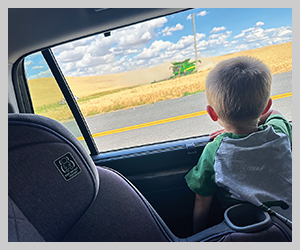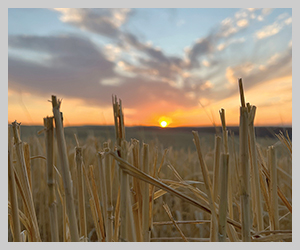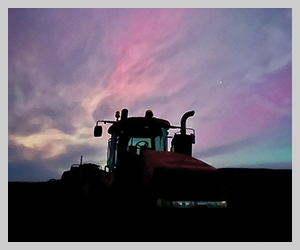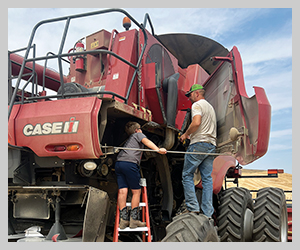
Nonfarming landlords and beginning farmers who want to learn to market their own wheat have options…it might just take a little leg work.
“The secret is education and understanding what it is you are doing and the ramifications of your decisions,” explained Kevin Duling, co-founder and manager of KD Investors, a consulting firm dealing with the marketing of grain. “The very first phone call I’d make would be to the grower who is producing grain on the ground. The next place I would go would be the elevator they haul grain to. Talk to someone in the grain department there. The next choice would be your university Extension office. If you went to the office and said ‘hello, I’m new to this. I’ve got 20,000 bushels a year I need to sell, and I have no idea what I’m doing,’ the Extension agent can probably give you some material and steer you in the right direction.”
For the wannabe marketing DIYer, a good place to start learning the market is to check local elevator websites. Most elevators will post cash wheat prices and futures prices, along with a short recap. Duling recommends checking those weekly.
“That’s not going to talk about fancy tools, but people will see the price move and know what the price is. That’s probably as easy as it gets to start with,” he said.
For generic marketing information, the Chicago Mercantile Exchange at CME.com publishes a daily summary reviewing that day’s market. CME.com also offers educational resources, including free short lessons in marketing basics with titles like “Understanding Seasonality in Grains,” “Understanding Grains Volatility and Supply and Demand” and “Hedging with Grain and Oilseed Futures and Options.” While the courses will focus primarily on hard and soft red wheat, soft white wheat owners should be able to glean some useful information.
“It’s good to understand (these basics) because all prices offered by a local elevator are a function of if they hedged in futures,” explained Randy Fortenbery, an economics professor at Washington State University (WSU). “Understanding the basics helps understand why elevators are offering the prices they are. However, they aren’t going to tell the guy in Ritzville why his price looks different than the Portland price.”
Many land-grant universities and their Extension departments also offer marketing resources on their websites. Fortenbery publishes information at markets.cahnrs.wsu.edu/Home/Index. Montana State University has information at ampc.montana.edu. The University of Nebraska-Lincoln’s Center for Agricultural Profitability is at https://cap.unl.edu, and Kansas State University has resources at agmanager.info/grain-marketing.
Shannon Neibergs, director of the WSU Extension’s Western Extension Risk Management Education Center, recommended the book, “Grain Marketing is Simple, It’s Just Not Easy,” by Ed Usset. Neibergs said while the book may be a little dated, the marketing principles and mechanics are still highly applicable. More resources can be found at the center’s website at westrme.wsu.edu
Another marketing information resource is the Agricultural Marketing and Management Organization (AMMO), a program from the Washington Association of Wheat Growers (WAWG). The AMMO winter schedule generally features at least one marketing workshop. AMMO workshops are free to WAWG members; nonmembers pay a small fee. The 2022 schedule will be posted online towards the end of the year at wawg.org/ammo-workshops/.
Each issue of Wheat Life includes the Wheat Watch column from the Washington Grain Commission. Written alternately by Fortenbery and Mike Krueger, founder of a grain advisory service called The Money Farm, the column focuses on the factors impacting the current market.
Finally, landlords should consider becoming active in their county grain growers group. County meetings occasionally include marketing reports or presentations from local elevators or marketing groups.












